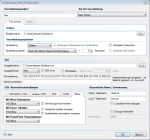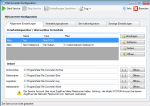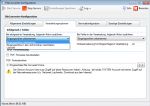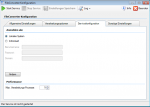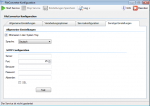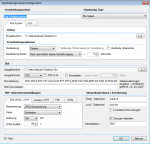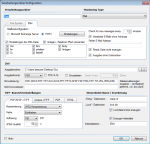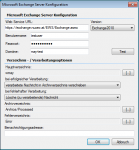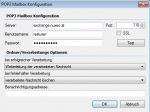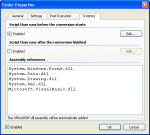FileConverter – version 1.0.27 – supports MS-Office 2010 as converter
With the new version 1.0.27 of the FileConverter service now also MS-Office 2010 is supported for the conversion of MS-Word, MS-Excel and MS-PowerPoint files to PDF, PDF/A and TIFF. MS-Office can be configured and used parallel to the consisting, direct conversion or mixed, after folders or e-mail boxes. The conversion is, like with the direct conversion, done silent in the background via the FileConverter Windows service. Required is the installation of the 32bit version of MS-Office on the computer and that the user of the service has opened the MS-Office applications at least once.
With the usage of MS-Office as converter engine 100% quality and the support of all MS-Office features can be guaranteed, which can only can only be reached with the usage of the original application.
To take advantage of the available computer resources or to guarantee an optimal throughput the conversions get, depending on the configuration, processed parallel also. The set standard is 5 parallel processes.
Download – FileConverter – documents & e-mails to PDF, PDF/A and TIFF >>>
